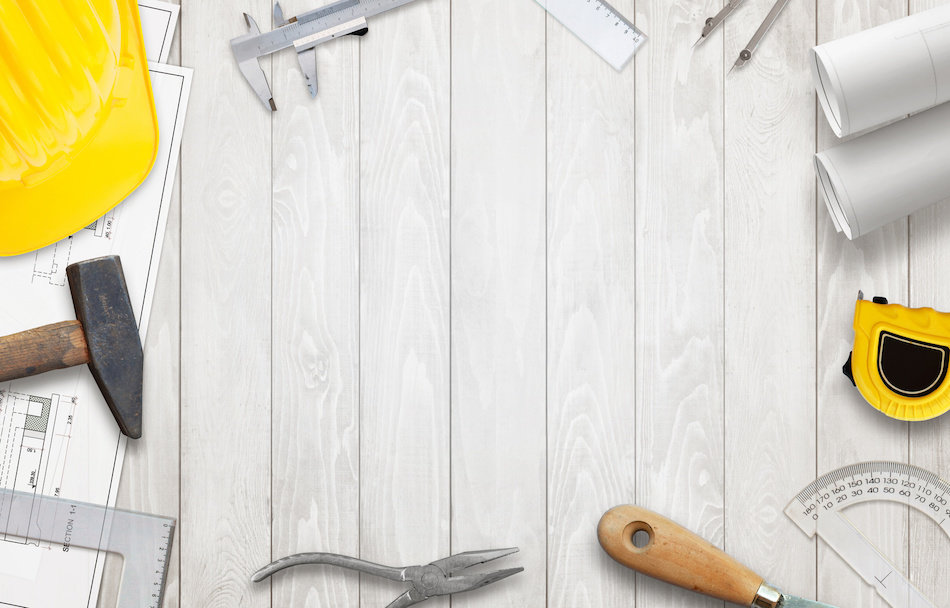New Trends in Home Construction Technologies
 New technology is starting to permeate every aspect of the building process. From settling on a building site to putting the final touches on the home, the changes are remarkable. The construction industry has been somewhat slow to adopt technology, but they've recently started to make some big changes. While certain trends may not prove to be as popular as others in the long-run, it's beneficial to home buyers to understand more about where construction is headed if they want a better grasp on the market.
New technology is starting to permeate every aspect of the building process. From settling on a building site to putting the final touches on the home, the changes are remarkable. The construction industry has been somewhat slow to adopt technology, but they've recently started to make some big changes. While certain trends may not prove to be as popular as others in the long-run, it's beneficial to home buyers to understand more about where construction is headed if they want a better grasp on the market.
Scouting Construction Sites with Drones and 3-D Imaging
Scouting technology like drones and 3D scanners are helping decision-makers understand the best sites upon which to build. The drone will not only show leaders the full scope of the property but can also identify key obstacles that could interfere with building. Between unexpected natural growth and man-made messes, 'vacant' lots may not always be as empty as they seem. Scanners give an even more detailed account of the lay of the land by measuring each object with a stunning degree of accuracy. So if there's a stockpile on the potential site, the scanner will be able to give its height and width (at a tiny error rate of only 2 mm)!
Improving Construction Site Safety Through Augmented Reality Training
There have been a concerning number of accidents on building sites in recent years. In fact, one out of every five worker deaths in 2016 was a construction worker. As fewer and fewer people enter the trades, it seems clear that companies need to rethink how they treat their workers. Virtual and augmented reality programs may be the solution to properly train workers without risking their lives. This software not only gives employees a way to experience being on the job without actually being on the job, it also gives them a heads up to the particular type of job site they'll be working on. So if a property poses specific hazards, the employee can determine their strategy via a harmless headset rather than in a true life-or-death situation.
Getting the Materials
Home buyers pay a premium for quality materials because they want their home to last, and manufacturing companies are working hard to give people what they want. Materials like nanoparticle paint and living concrete are made to fend off common types of damage, which can drastically cut down on the maintenance a homeowner has to do. The titanium dioxide in nanoparticle paint makes it highly resistant to stains and water damage alike. The paint also shows a remarkable durability against scuffs and scrapes. Self-healing concrete contains shape-memory polymers, which means it's built to return to its original state even after mild to moderate structural damage.
Building the Bricks
Brick-layers have long been an integral part of the building process, but there are fewer people lining up to take the job. Robots have become a viable alternative to many businesses who are looking to cut costs and speed the rate of production. A brick-laying robot can work at a rate of up to 5 times that of a human worker, which can make it easier to hit project deadlines as well as budgets. Right now, the technology is only set up to work with basic designs, which means it can only be used on a limited number of projects. However, the technology is becoming more adept at giving robots more flexibility in the case of disruptions or anomalies.
Putting It All Together
The above technologies make it easier for people to perform traditional construction of building homes from the ground up. But the tech geniuses of today have started to push our expectations far away from the norm with revolutionary innovations in construction. Now, there are 3D printed homes that can be made in less than a day for just a few thousand dollars. These homes are reported to be fully up to code and entirely move-in ready after they're complete. With an ever-increasing need for affordable housing, this development is making more than a few people sit up and take notice. It should be noted that this particular technology isn't exactly ready to be pushed into the mainstream just yet though. The actual printers are exceptionally expensive to create and building inspectors are unlikely to be trained on such a revolutionary building method.
The construction industry has been reluctant to take on too many changes in the past because of the sheer scale at which they'd have to adapt the available technology. But as more and more methods become available, leaders are realizing just how helpful these innovations can be to their business. It seems clear that Loxahatchee River buyers can soon expect to see better homes built in less time for lower costs.


